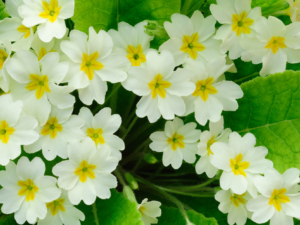Printed from: https://conservationhandbooks.com/wildflowers/cuckooflower/
Cuckooflower gets its name because it first appears in April, at the same time as cuckoo. May and June are the months when cuckooflower is in full bloom and, for this reason, many people call it the Mayflower. It is also known as Lady’s Smock and Milkmaids. These pretty, pinky-purple and white flowers are often […]






